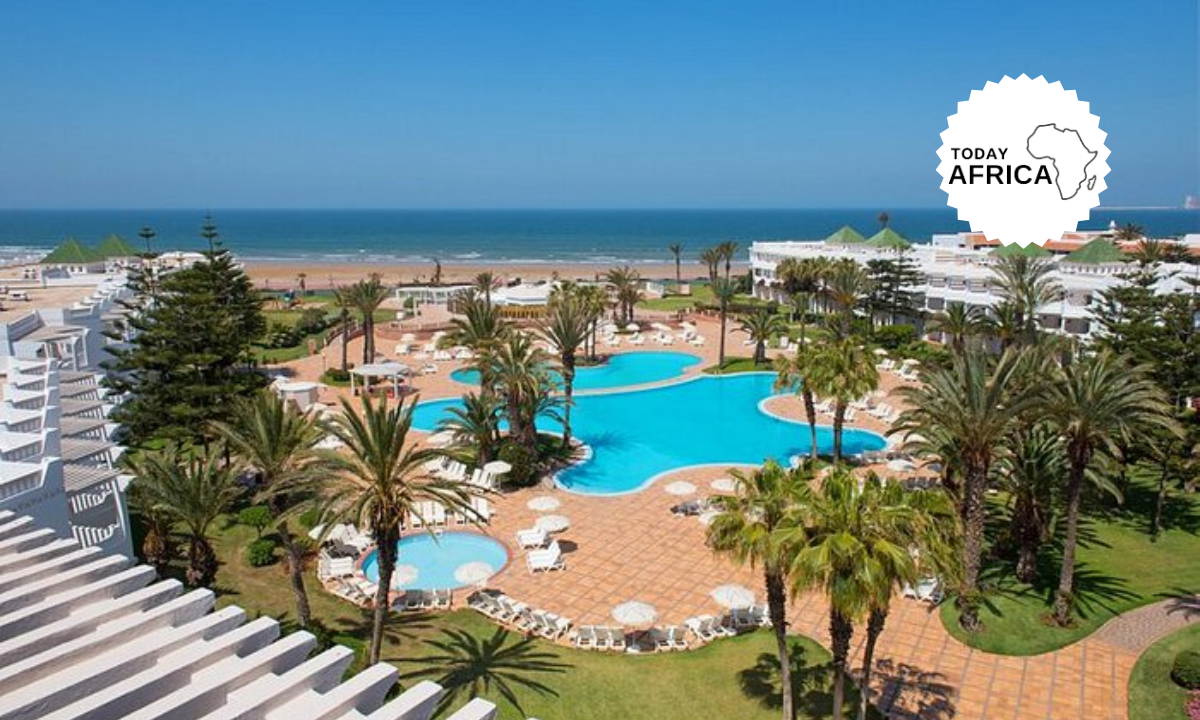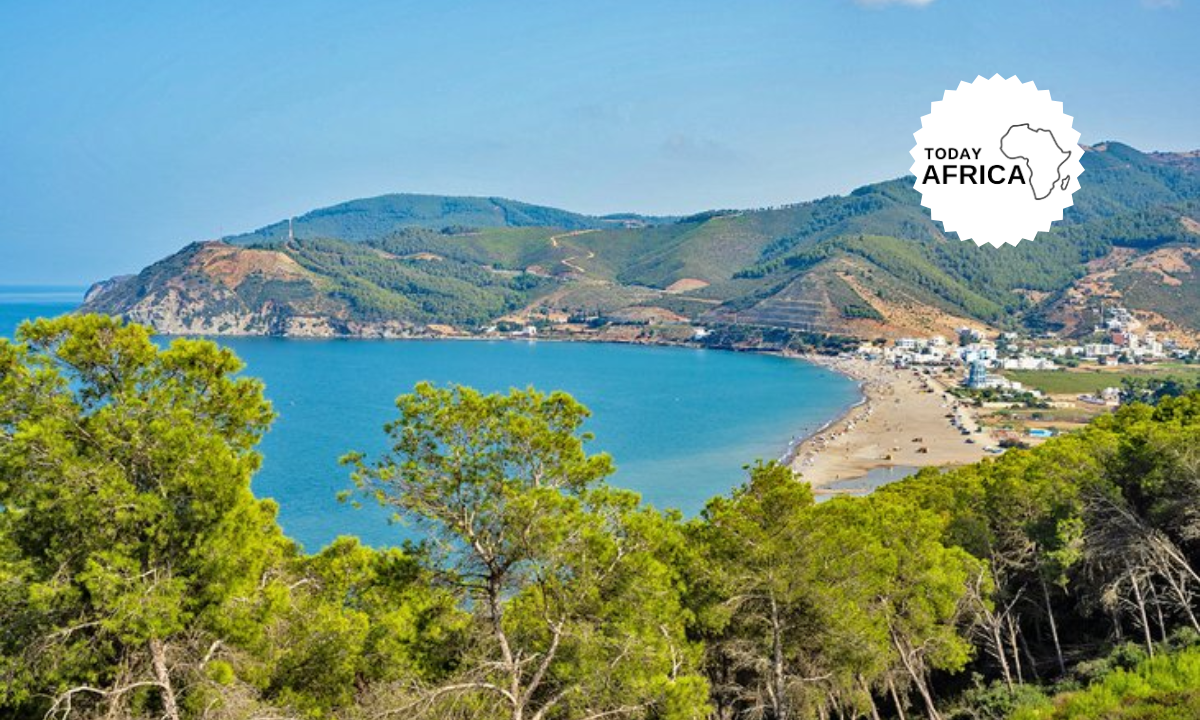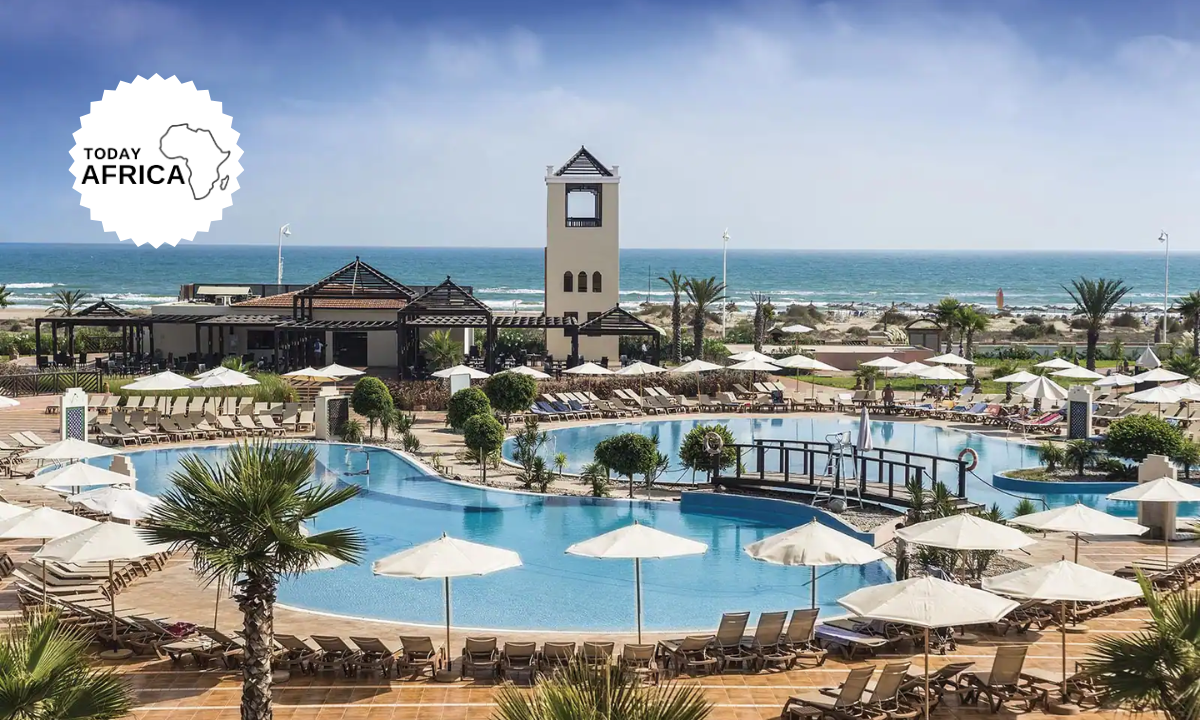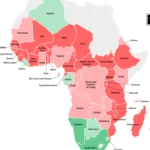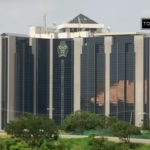Wondering things to do in Freetown Sierra Leone? There are countless places of interest in the seat of Power of Sierra Leone. Aside from several popular tourist attractions, there are many places to visit. To get you started, below are some of the best places to visit and things to do in Sierra Leone.
Things to Know About Freetown Sierra Leone
Freetown is the capital and largest city of Sierra Leone. It is a major port city on the Atlantic Ocean and is located in the Western Area of the country. Freetown is Sierra Leone’s major urban, economic, financial, cultural, educational and political center. It is the seat of the Government of Sierra Leone.
The city’s economy revolves largely around its harbor, which occupies a part of the estuary of the Sierra Leone River in one of the world’s largest natural deep water harbors. Although the city has traditionally been the homeland of the Sierra Leone Creole people. The population of Freetown is ethnically, culturally, and religiously diverse.
The city is home to a significant population of all of Sierra Leone’s ethnic groups, with no single ethnic group forming more than 27% of the city’s population. As in virtually all parts of Sierra Leone, the Krio language of the Sierra Leone Creole people is Freetown’s primary language of communication and is by far the most widely spoken language in the city.
The city of Freetown was founded on March 11, 1792, by 1,196 African Americans under the guidance of abolitionist Lieutenant John Clarkson on March 11, 1792.
The city became a settlement for free and freed African American, Afro-Caribbean and Liberated African slaves. Their descendants are known as the Creole people. Before the arrival of Europeans, the local Temne and Loko people were living in villages on the land near the area that later became known as Freetown.
Best Time to Visit Freetown Sierra Leone
The best time to go to Sierra Leone is in the dry season, which runs from October to May. January and February tend to be the hottest months. Birders will find December or January most rewarding. Travel is possible in June and late September although there will be heavy down pours and rural roads can become very muddy.
To make your travel convenient and seamlessly connected, make sure you get a good eSIM package that works in your travel destination. MobiMatter is the ultimate eSIM marketplace that sells more than 700+ eSIMs across more than 190 countries! Check out this massive variety of eSIM packages just for Africa.
12 Things to do in Freetown Sierra Leone
1. Visit the National Railway Museum
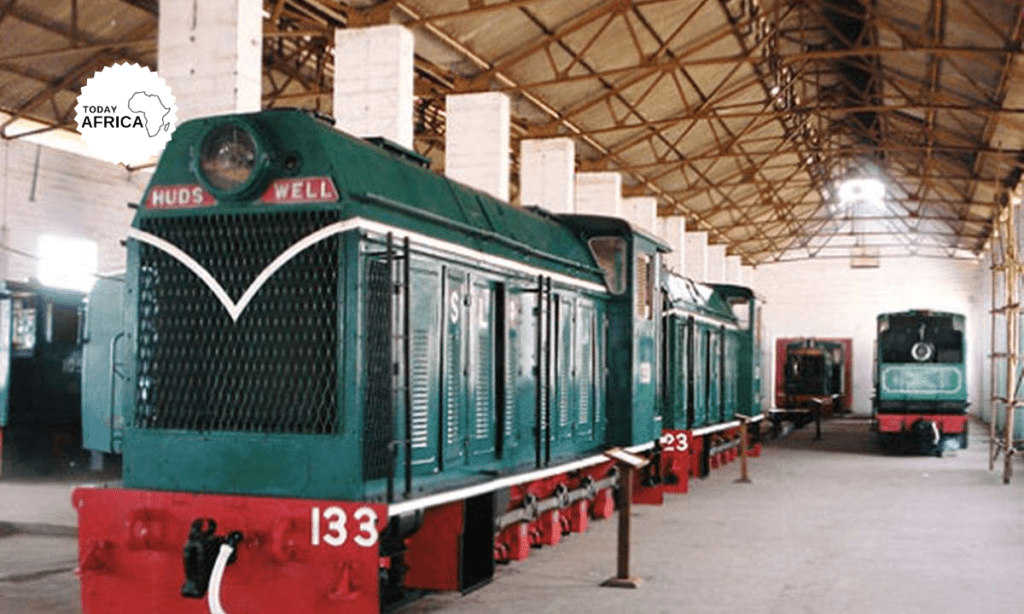
One of the most interesting attractions in Freetown. This museum first opened in 2005 and is entirely dedicated to the history and works of the Sierra Leone Government Railway, which ceased to function in 1975 (that’s when the last train ran).
The exhibit is made of a number of locos (including diesel locos). A Hunslet tank and several coaches, including the one used by Queen Elizabeth II on her official visit in 1961, before Sierra Leone’s independence.
The museum is located in a railway workshop. Where the locos and carriages were miraculously spared from the destruction caused by the civil war. Thanks to the efforts of the late Mohamed Bangura, the last general manager of the national workshops. And the support of railway enthusiast Colonel Steve Davies.
2. Visit St. Georges Cathedral
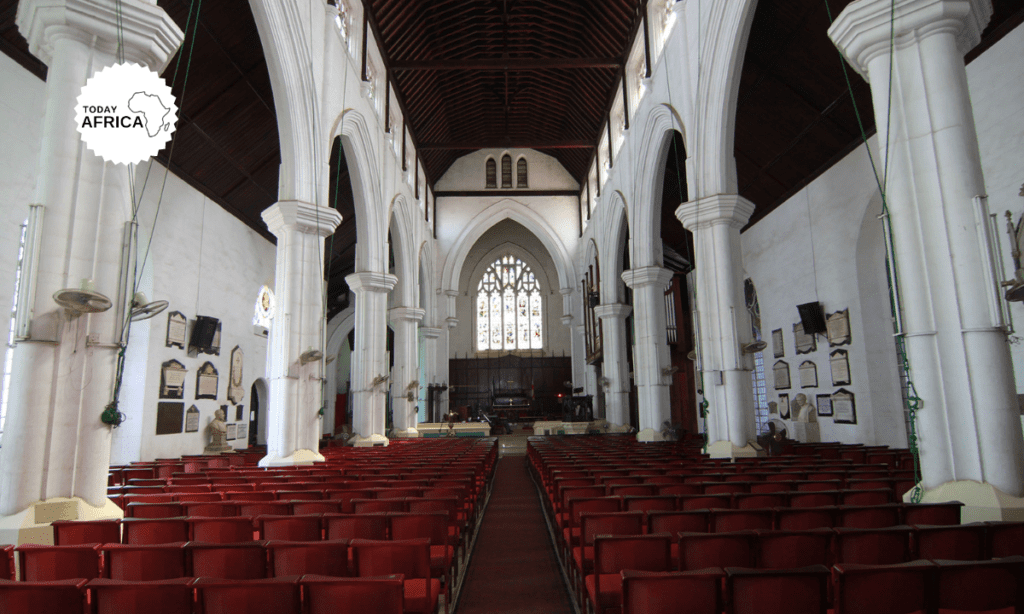
About 78% of the population in Sierra Leone is currently Muslim, and 20% Christian, and the country is known for its religious tolerance and inclusion. It comes as no surprise that one of the must-sees in Freetown is St. George’s Cathedral. The church was built between 1817 and 1828, and is one of the most beautiful in the country.
3. Check out the Cotton Tree
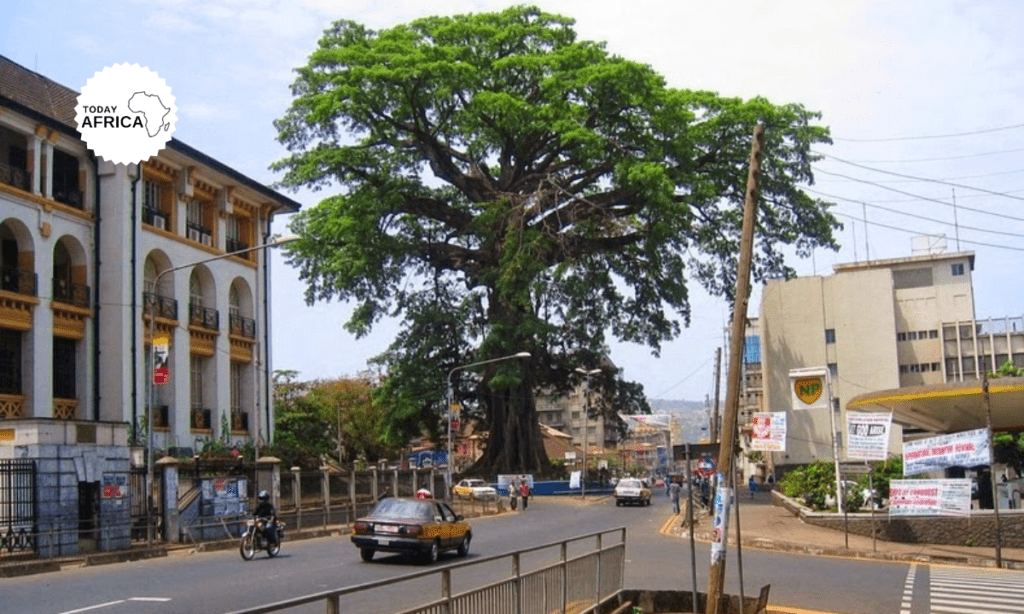
A two minutes walk from the Cathedral, is the famous 500 year old cotton tree in the country. There is no certainty as to when the tree was planted, but documents show it has been in the same place at least since 1787. Its importance grew as this was the place where former slaves who returned to Sierra Leone from Nova Scotia, prayed and expressed their gratitude for their renewed freedom. Even today, locals go there to pray and express their homage to their ancestors, asking for peace and prosperity.
4. Go to Sierra Leone National Museum
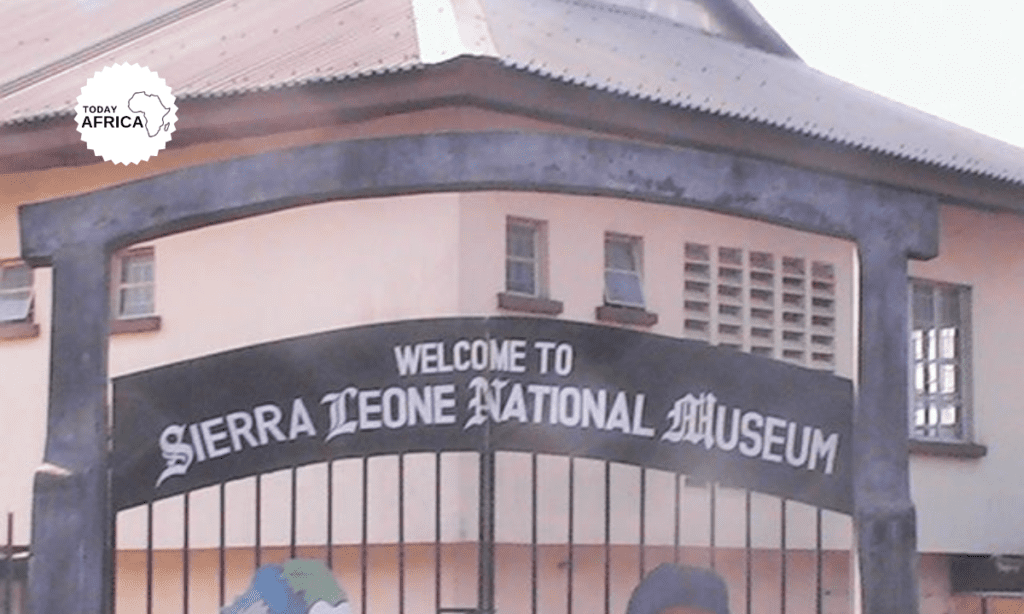
A short distance from the Cotton Tree is the most interesting museum in Freetown and the perfect place to learn a bit more about the country’s cultural traditions. The museum first opened in 1957 and since then it’s been located in the former Cotton Tree Railway Station. A guide will take you around the exhibits, explaining the role of various prominent Sierra Leoneans in the development of the country. Admission is $5 USD, including the guide’s fee.
5. Wander around the Peace Museum and Memorial
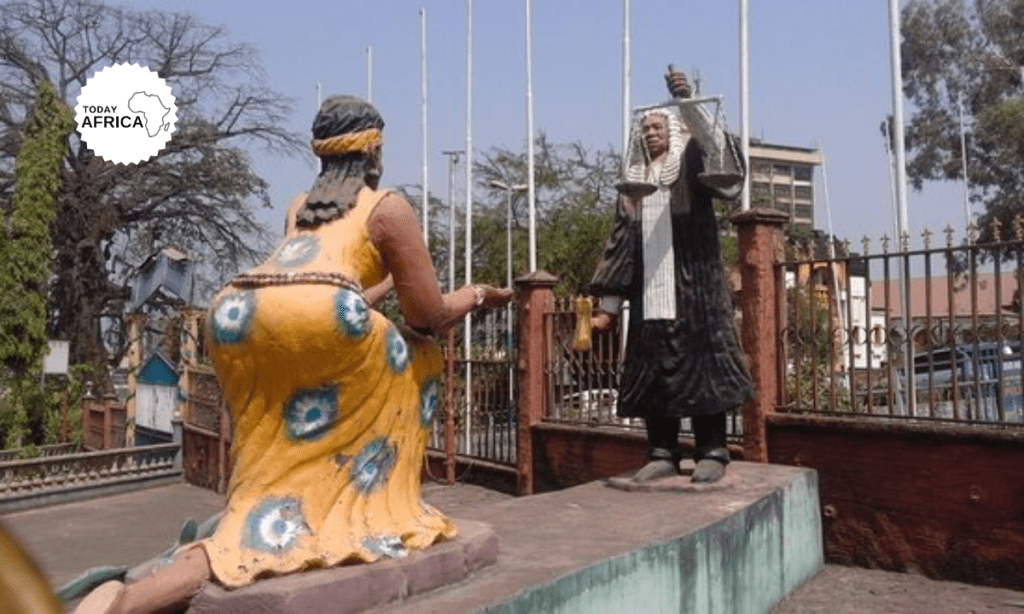
Literally in front of the Cotton Tree, the Sierra Leone Peace and Cultural Monument first opened in 2013, on the grounds of the Special Court of Sierra Leone (SCSL). Admission is just $1 USD and includes a guided walk through the exhibits. Providing a good, concise retelling of the history of the country and its most important figures. And how they contributed to the creation of modern Sierra Leone. The central statue is dedicated to the victim of the civil war
6. Take a million photos at Fourah Bay College
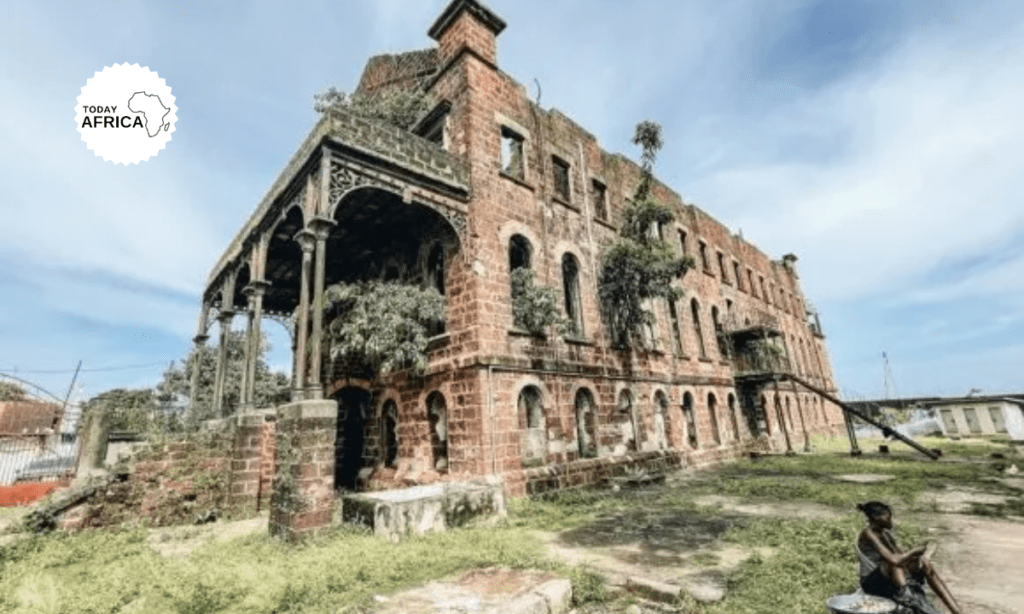
Fourah Bay College is actually quite far from the main historical landmarks in town. But is definitely worth the effort of getting there – consider hopping on a taxi or mototaxi to make your commute faster.
This now abandoned building dates back to 1845, when it was an eminent educational institution. After WWII, it was used as the headquarters of Sierra Leone Government Railway, and it subsequently became a Magistrate court.
Read Also: 13 Things to do in Sierra Leone This Year
Proclaimed a national monument in 1955, the building stopped being used in 1990 and caught fire in 1999, during the civil war. Vegetation claimed much of it back, but it still is a fascinating place to visit and provides an incredible backdrop for many photos.
7. Take in the view from Leicester peak
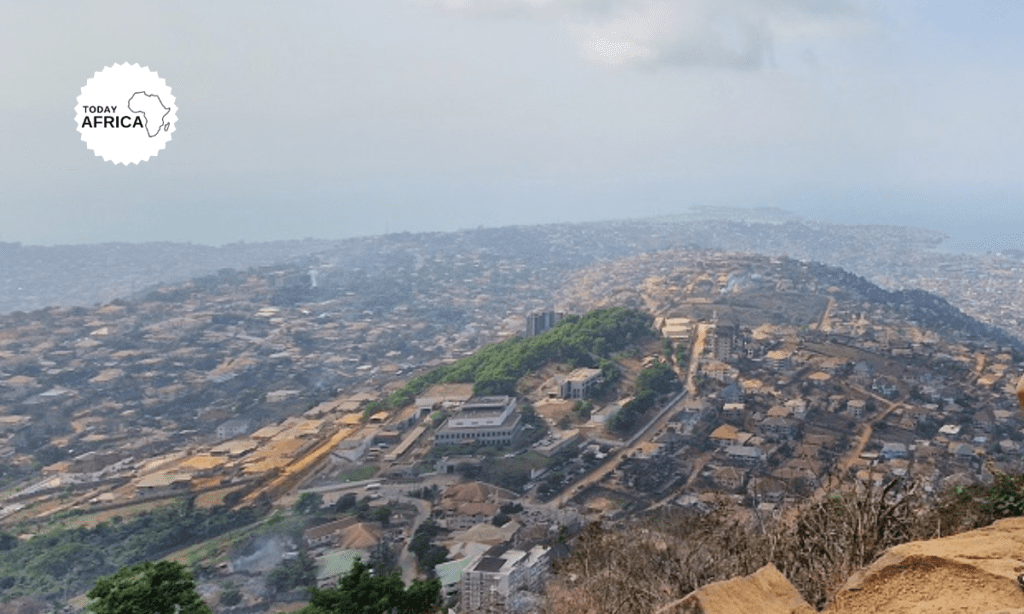
This is the highest peak in Freetown, at around 500 meters above sea level. Locals and tourists alike love going there around sunset to appreciate uninterrupted vistas of the city.
8. Hang out in one (or all) of the gorgeous beaches
Right on the Atlantic Ocean, it goes without saying that Freetown is home to many gorgeous beaches. Sussex, Hamilton, Lakka and Levuma are all good places to go for a walk or to grab some fresh fish or seafood lunch in a local restaurant. But if you fancy a more serviced place, head to Tokeh or River Number 2.
In fact, Tokeh and River Number 2 are located on opposite sides of a lagoon and you can easily walk from one to the other. The first one is home to a couple of excellent luxury resorts and has a nice, clean beach.
The second is a pristine white sand beach with transparent azure waters and is actually managed by the local community. They keep the beach clean and run a guesthouse, a restaurant and a small tourist market. There is a small $0.50 USD fee to access River Number 2 Beach.
9. Visit Tacugama chimpanzee sanctuary
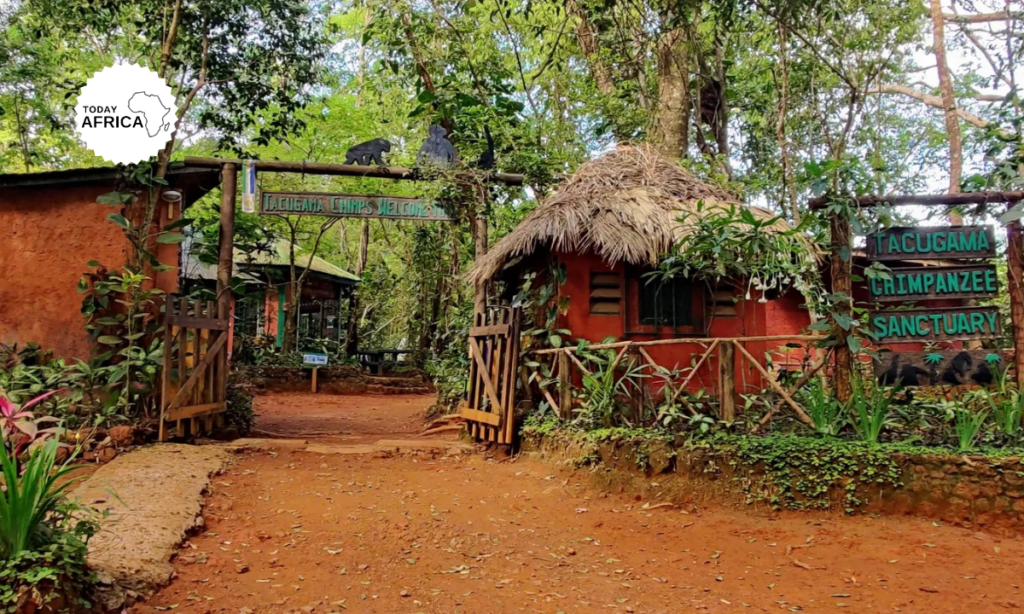
Founded in 1995 in Tacugama Forest Reserve, just outside of Freetown. The Tacugama Chimpanzee Sanctuary strives to protect the endangered population of chimpanzees, often hunted for meat or kept as pets by local families. Part of the mission is to educate the local community to respect the environment and to care and respect wildlife.
There are around 100 chimpanzees of all ages (and as young as 2 months!) living at the sanctuary at the moment. Divided in various enclosures based on their age. And separated in enlarged families to recreate the social structure they follow in nature.
The sanctuary regularly organizes events and fundraisers, and offers lodging in bungalows for people who would like to appreciate being completely surrounded by nature while still at a stone’s throw from the capital.
10. Go to the Banana Islands for a day
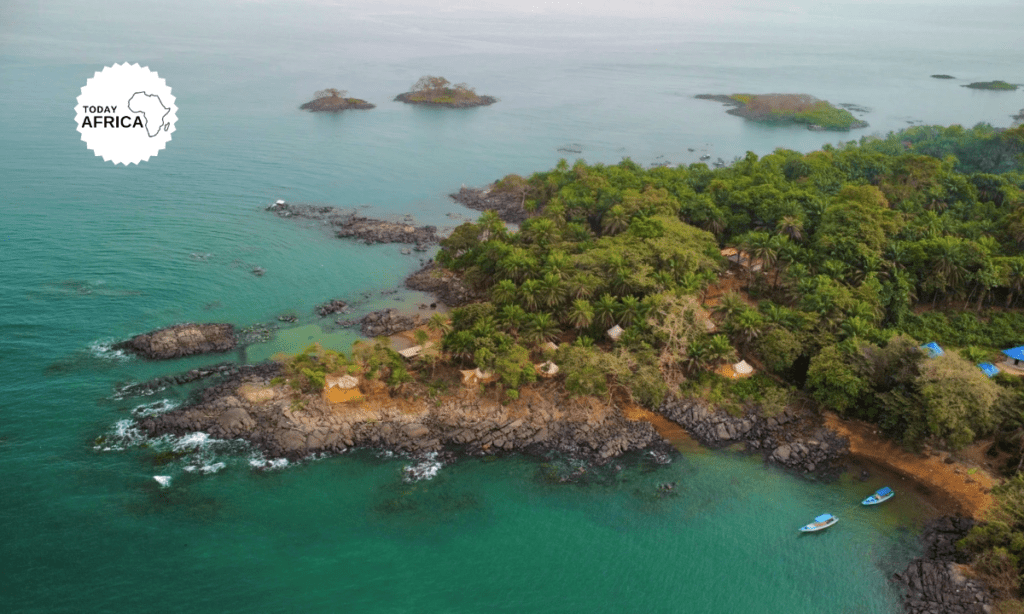
The Banana Islands are made of three islands:
- Dublin and Ricketts are inhabited (around 800 people currently live in Dublin Island) and connected by a causeway
- Mes-Meheux is the smallest of the three and nobody lives there.
These islands were used by the English slave traders and once slavery was abolished. They were settled by freed slaves coming back from North America. Nowadays, they are a favorite destination for a day or even a weekend trip out of Freetown. You can enjoy a village walk (the church is probably the most notable building). And then hang out at Big Sand Beach to swim, snorkel and relax in the sun.
To get to Dublin Island, you will need to make your way (best by car) to Kent Village. That is about one hour drive from Freetown. Then hire a boat (about 30 to 45 minutes, depending on the sea conditions).
11. Explore Sierra Leone’s past in Bunce Island
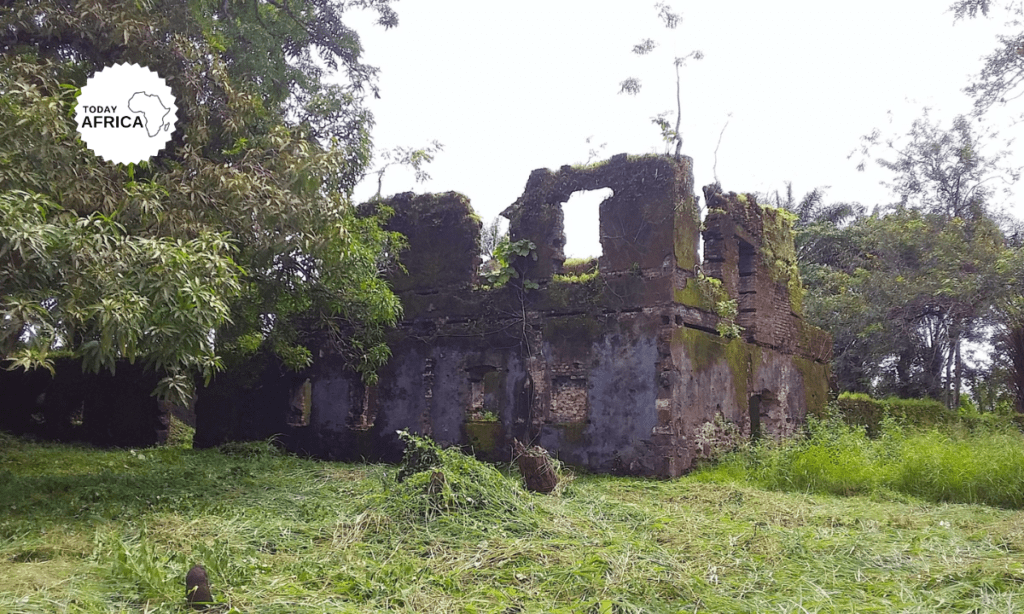
Another good day trip from Freetown is to Bunce Island, located in the Tagrin Bay – you can get there by ferry. This is where the “Gate of No Return” – the gate through which slaves sold to North America and the West Indies – is located. Founded in 1670, Bunce used to be home to the largest British slave castle trade in West Africa.
Once slavery was abolished by the British Parliament in 1808, many buildings on the island were completely abandoned. Some are still in good conditions and can be visited, but to make your visit a meaningful experience and you are better off hiring a local guide to show you around.
12. Enjoy Middle Eastern food
The presence of a large Lebanese community in Freetown means that Middle Eastern food is not only readily available, but also really good! Be ready to get stuffed on delicious hummus and pita bread; baba ganouj; falafel; shawarma and much more.
References:

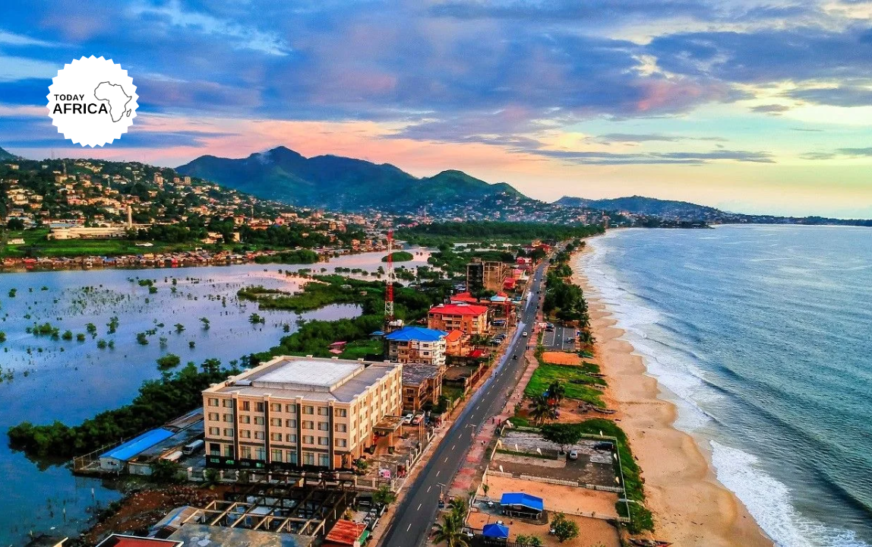
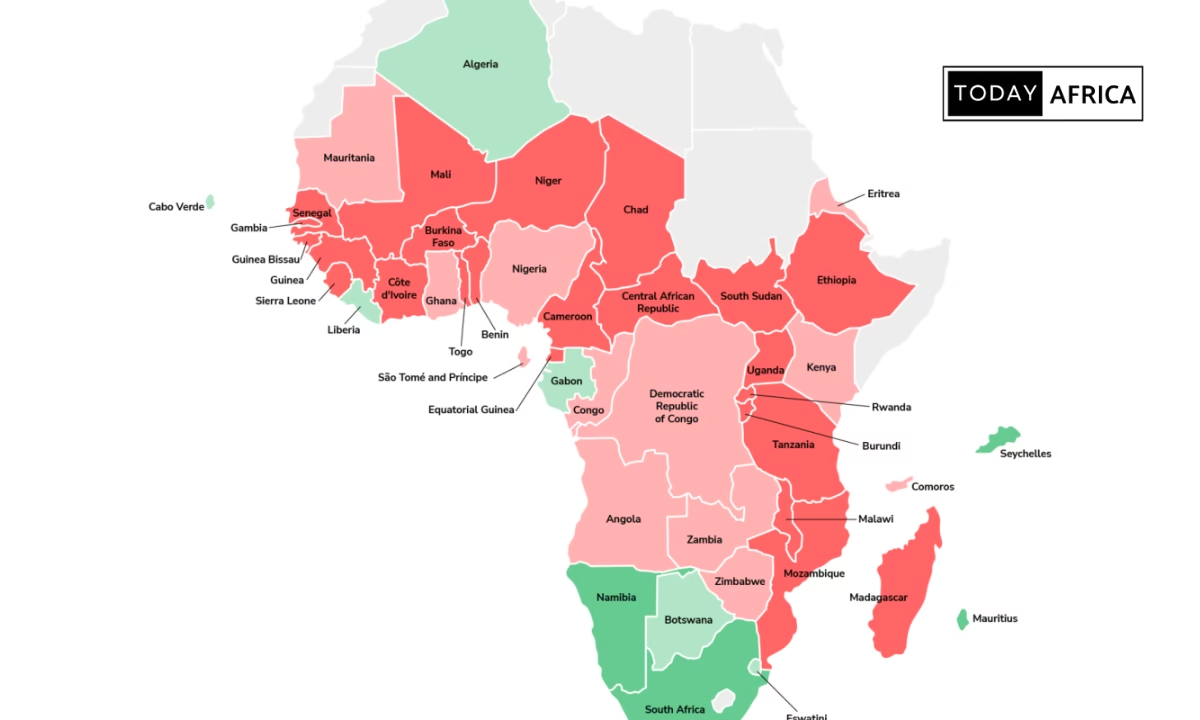
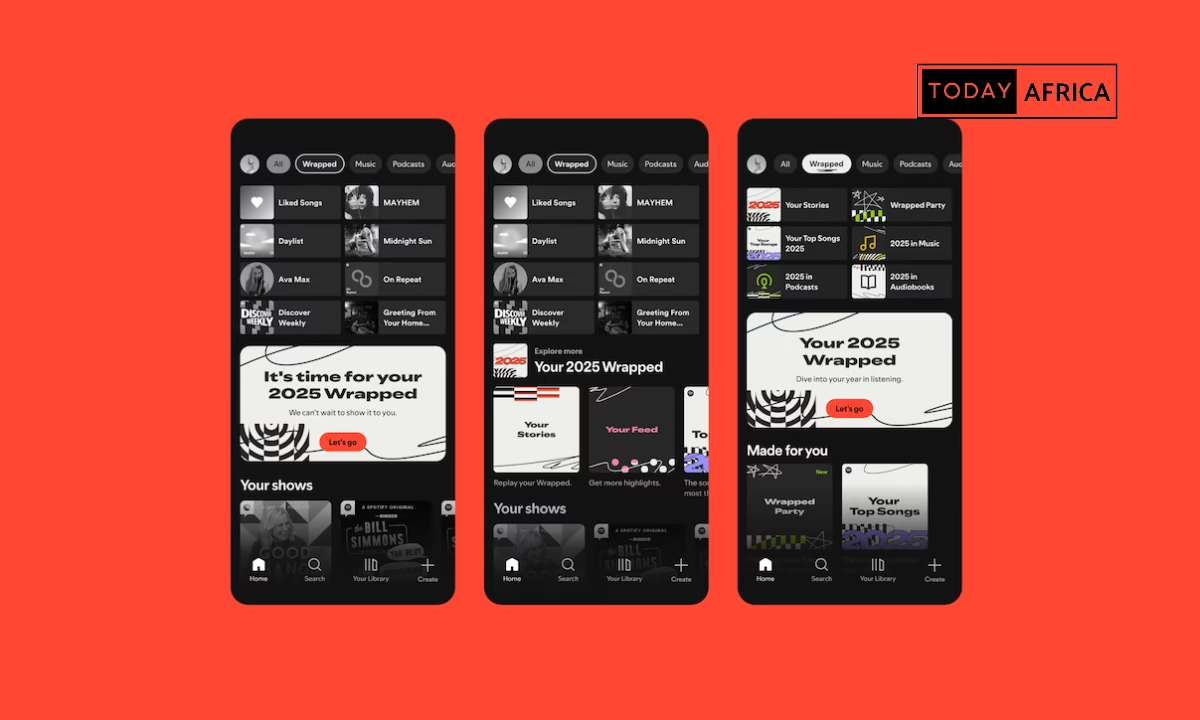

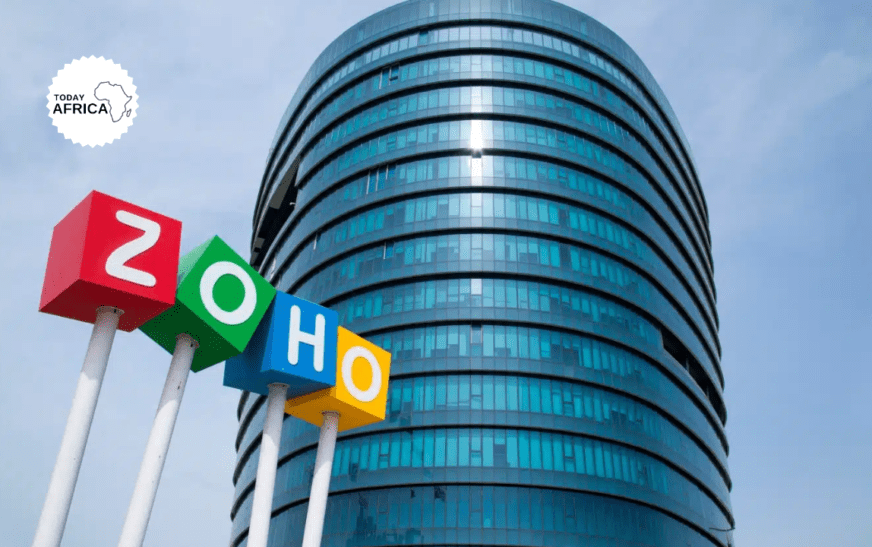

![15 Best Beaches in Morocco to See This Year [& Essential Packing List]](https://todayafrica.co/wp-content/uploads/2023/12/Blue-Simple-Dad-Appreciation-Facebook-Post-1200-×-720-px-6-9.png)
